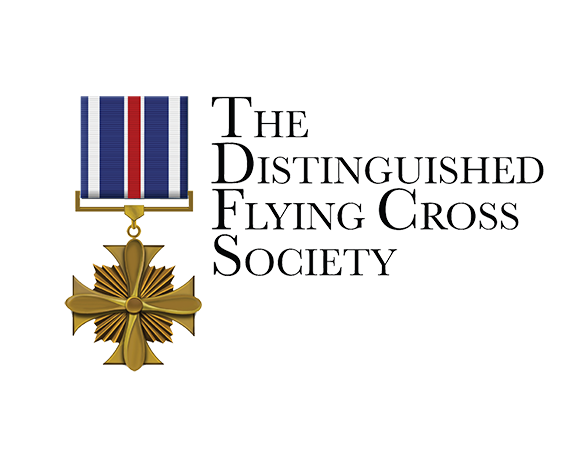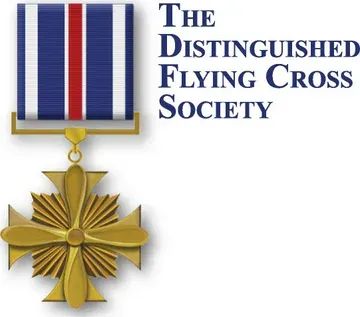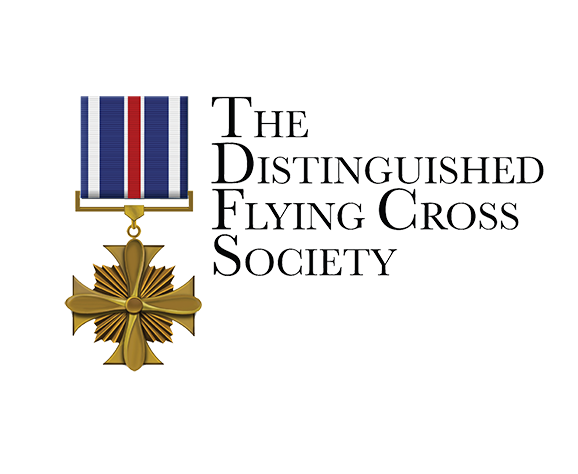William C. Gonzalez
AWARDED DFC:
1
CONFLICT/SPACE FLIGHT/EVENT: GWOT
MODEL: HH-60G
Citation: 1.) The President of the United States takes great pleasure in presenting the Distinguished Flying Cross (With Valor) to Staff Sergeant William C. Gonzalez. Staff Sergeant William C. Gonzalez distinguished himself by heroism while participating in aerial flight as HH-60G Pave Hawk Aerial Gunner, 83rd Expeditionary Rescue Squadron, 455th Expeditionary Operations Group, 455th Air Expeditionary Wing, Bagram Airfield, Afghanistan, on 23 April 201 l. On that date, Sergeant Gonzalez served as Aerial Gunner aboard HH-60 helicopter, Pedro 84, tasked to rescue two Army pilots downed in enemy controlled territory 20 miles east of Bagram. Sergeant Gonzalez's crew reached the crash site and began initial insertion of pararescue personnel. Sergeant Gonzalez's aircraft was engaged by heavy enemy fire which struck the flight engineer in the leg, causing profuse bleeding throughout the helicopter cabin. Sergeant Gonzalez returned fire and directed his crew out of the hot recovery zone. Once clear, he began medical care of his injured flight engineer. Sergeant Gonzalez applied a tourniquet and pressure dressing, elevated the leg, and kept his engineer conscious during the 12 minute return flight. Once reconstituted, his crew returned to the battle. During the first extraction attempt, Sergeant Gonzalez's aircraft again received direct fire from two sides, one round impacting his knee pad. Despite the near miss, Sergeant Gonzalez bravely returned fire, protecting his team and allowing his aircraft to escape. He directed his helicopter through a barrage of enemy fire four more times in attempts to extract the last Army pilot, each time engaging an entrenched, well armed enemy as close as 100 meters. Ultimately, on the eighth attempt, while Apache gunships destroyed enemy positions, Sergeant Gonzalez's formation rescued the final survivor from the field of battle. The outstanding heroism and selfless devotion to duty displayed by Sergeant Gonzalez reflect great credit upon himself and the United States Air Force.


